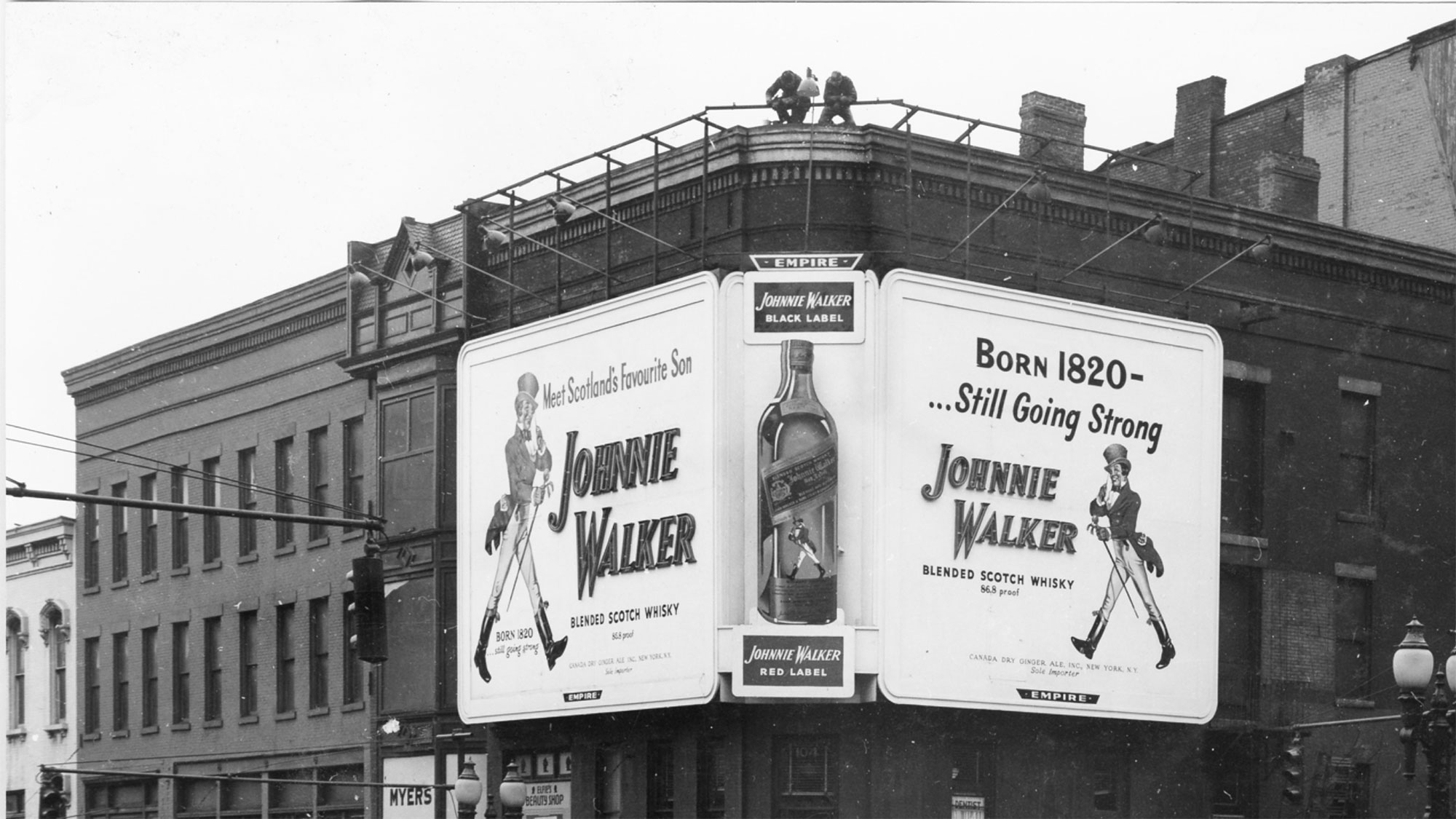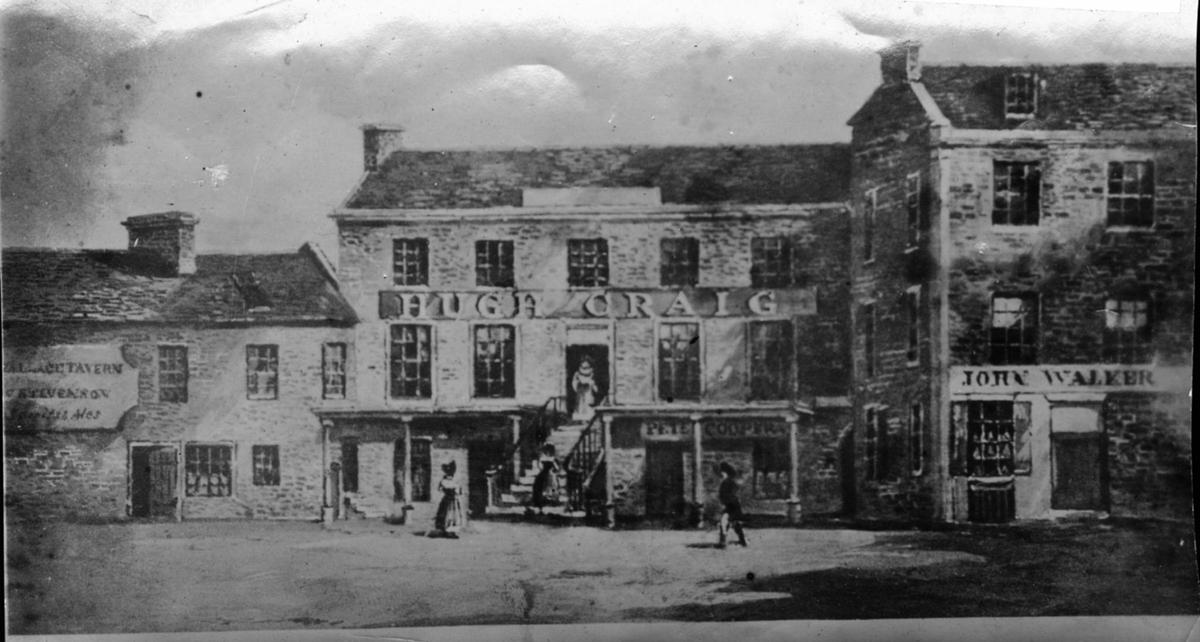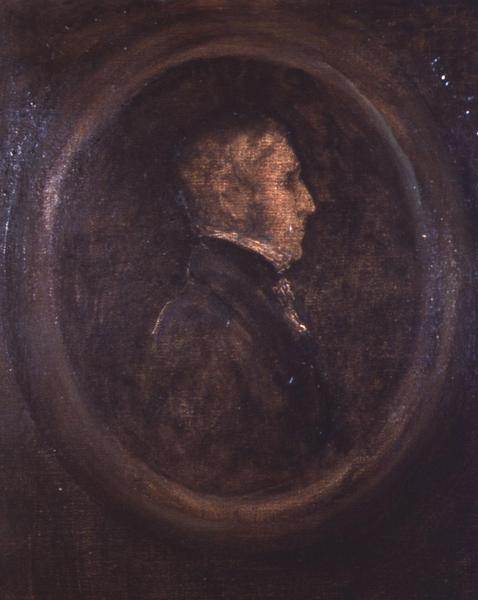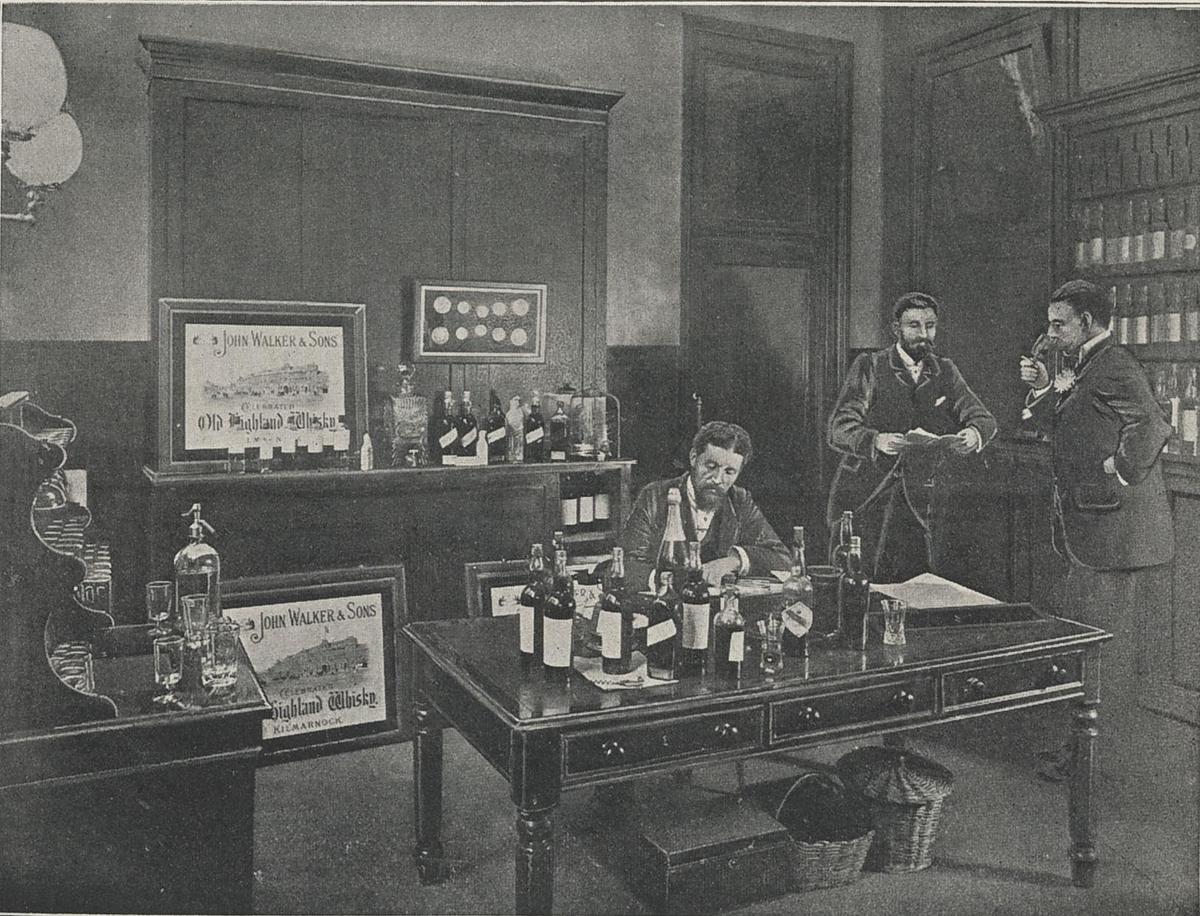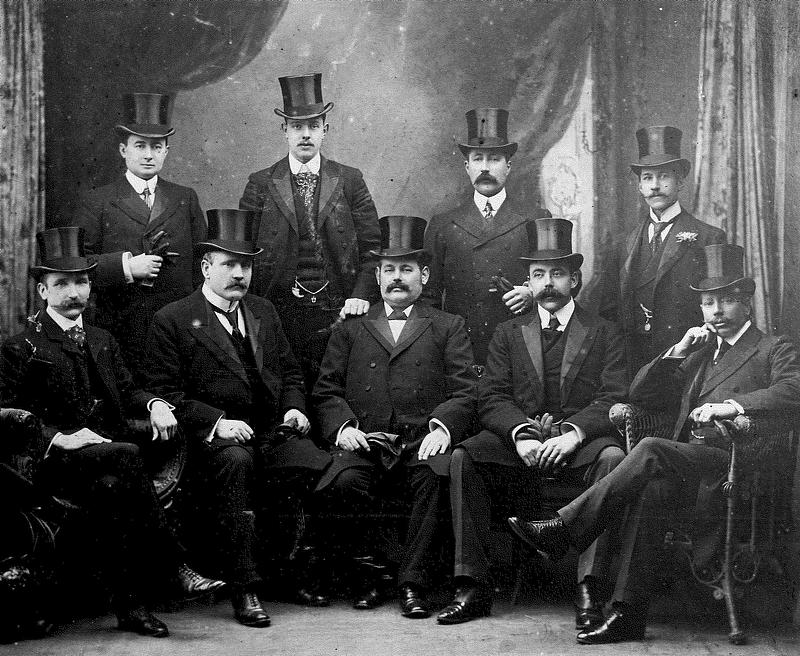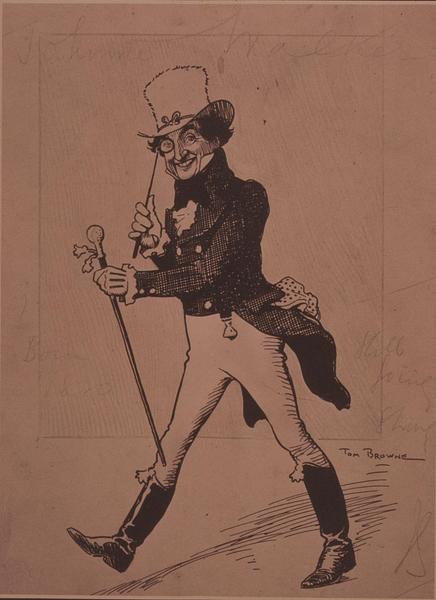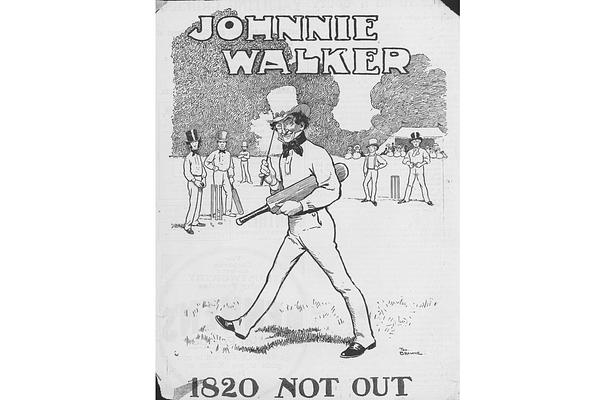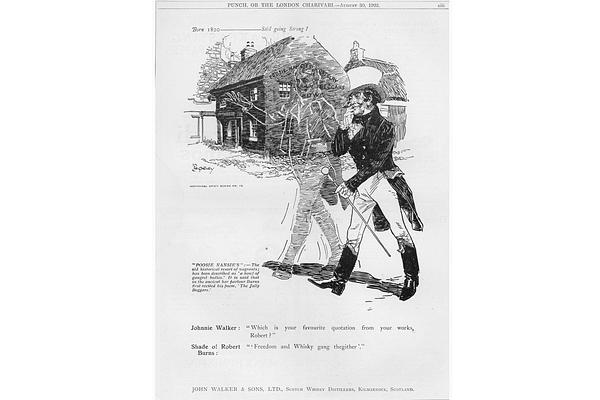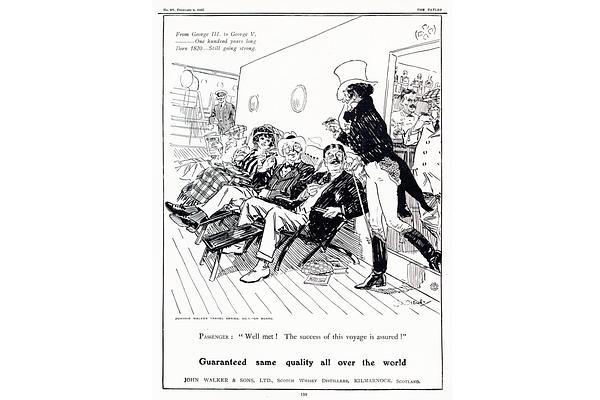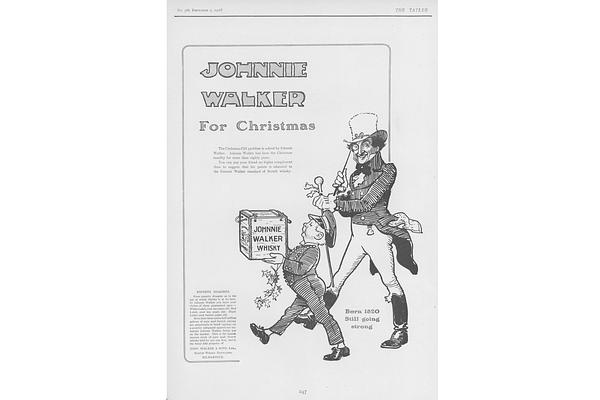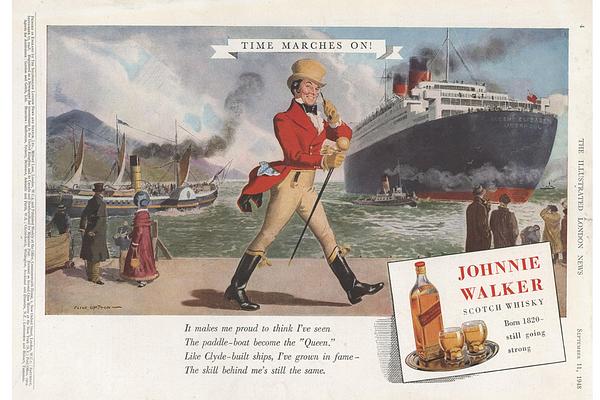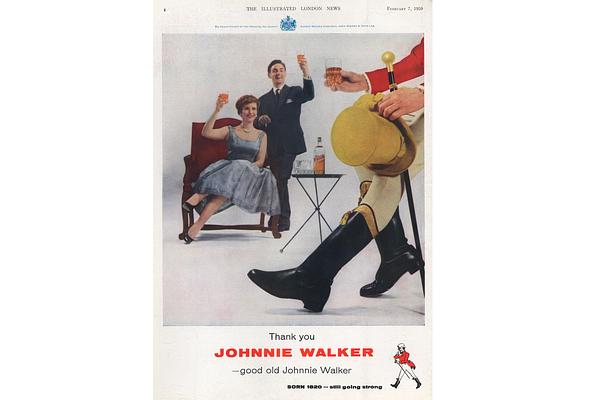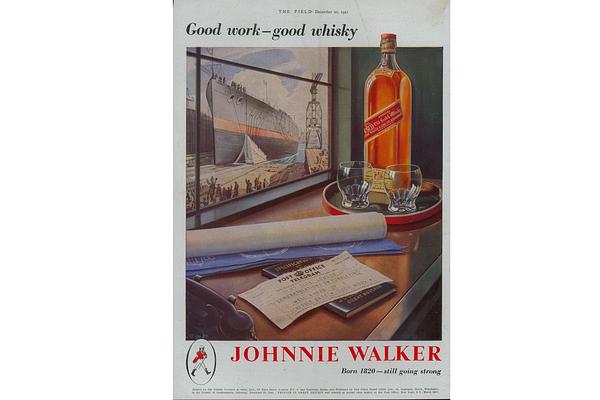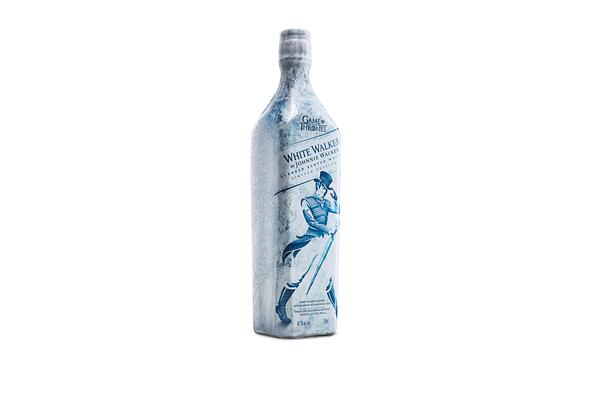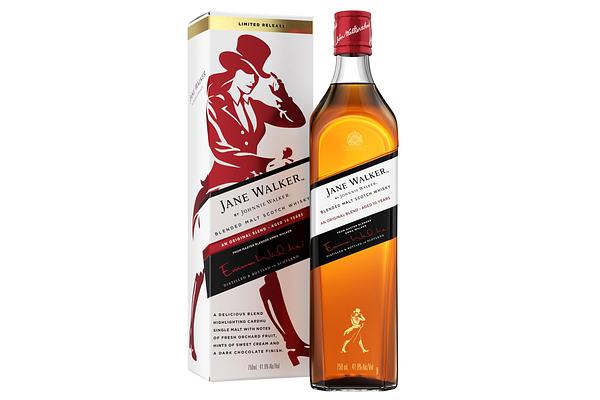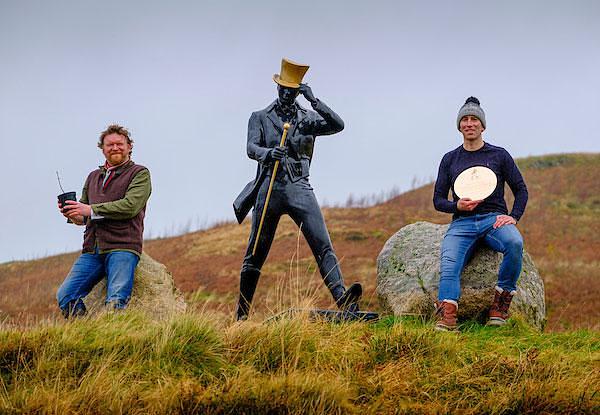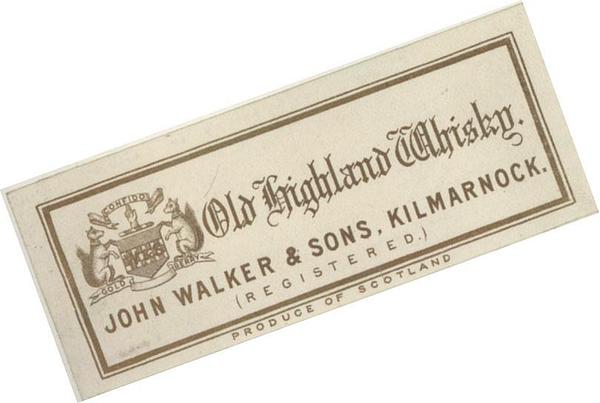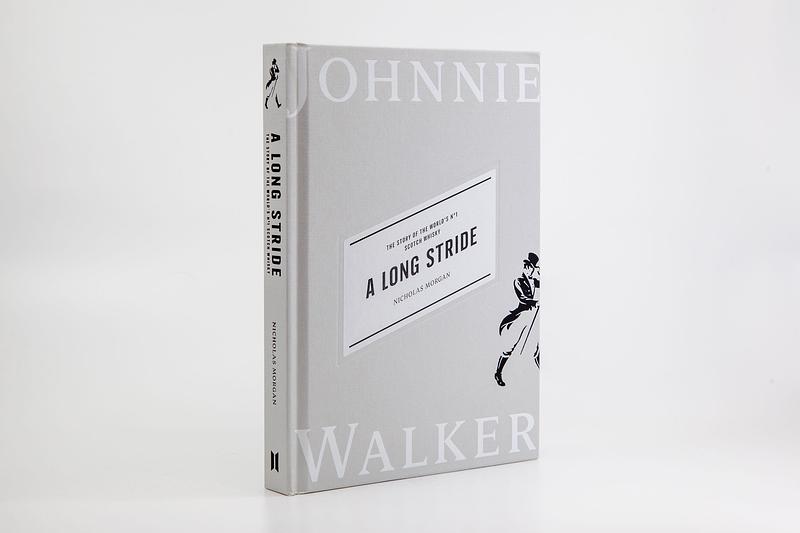SPONSORED BY JOHNNIE WALKER
Few bottles of whisky are as instantly recognisable as Johnnie Walker. Even in the most dimly lit bar in the most remote corner of the world, the square bottle with the slanting label and the famous “striding man” logo is a wee reminder of home for road-weary Scots.
That journey to the farthest reaches of the planet began 200 years ago, when John Walker opened his grocery shop at Kilmarnock in Ayrshire.
As the business grew, John’s sons and grandsons took the family brand to first London and then onwards, out into the distant realms of the British empire.
While other whisky brands draped themselves in tartan, Johnnie Walker adopted a more timeless appearance, with the striding man – part-Edwardian dandy, part-music hall master of ceremonies – representing a recognisable figure that crossed cultures and broke down borders.
Johnnie Walker has become an ambassador, not just for owner Diageo, but for the wider Scotch whisky industry. Rival brands, craft distillers, and now even micro-brewers continue to follow in the footsteps of the striding man, widening the beachhead the brand has created during its 200-year march.
“The Johnnie Walker brand is truly one that has stood the test of time, and the knowledge that Johnnie Walker cuts across cultures, borders, languages, and tastes is a humbling thought,” admits Julie Bramham, global brand director for Johnnie Walker.
“This 200-year milestone allows us to pause and reflect on how far we’ve come already, as well as what more we want to achieve in the next 200 years.”
In his new book, A Long Stride: The Story of the World’s No1 Scotch Whisky, Dr Nick Morgan explores the history of the legendary drinks brand.
As head of whisky outreach at Diageo, Morgan has had unparalleled opportunities to delve into the archives, stretching back two centuries to the very beginning of the story.
And you can enjoy this very special Scottish success story, with an exclusive Scotsman competition.
Roots made for walking
The grocery shop that John opened was right in the hustle and bustle of Kilmarnock, which had grown from a sleepy village into a busy town. John’s store was at the heart of the action and would have been frequented by the burghers and other well-to-do customers.
Yet, despite his eponymous brand spreading across the globe, little is known about the man himself. Mysteries surrounding his life have left historians puzzled.
“For someone who is the most famous son of Kilmarnock, we know almost nothing about him,” explains Morgan. “Even compared to other grocers in Kilmarnock, John was a reticent character – he didn’t advertise his business.
“In those days, grocers were much more interventionist. They had to be skilled at mixing, like when they blended tea.”
Those blending skills served John well when it came to mixing whiskies. He brought together single malts from distilleries as far afield as Campbeltown and Islay with grain whiskies from Glasgow to create blended Scotch that satisfied not just his own customers but also to clients within the wider spirits trade, who bought his whiskies to sell on themselves.
That blending of smoky and sweet malt and grain whiskies has remained the hallmark of Johnnie Walker’s labels today. The distinctive west coast flavours have continued to set it apart from its peers.
“Most grocers went bankrupt, so to stay in business for 30 years was a substantial success,” adds Morgan. “But, with no disrespect to John, it was his son, Alexander, who had a vision for the business that went way beyond Kilmarnock and way beyond Scotland.”
Alexander introduced the sloping label in the 1860s, along with the distinctive square bottles. Redesigning the packaging was no vanity exercise though; the label became first a patent and then a trademark, helping the company to defeat counterfeiters in Australia in the 1880s.
Lengthening the stride
Alexander also opened the firm’s London office in the 1870s, forging the export contacts that helped to take the whisky around the world.
That growth mirrored the discoveries of gold and other minerals around the empire, a pattern that was repeated 100 years later as the whisky became popular in Latin American countries that discovered oil.
John might remain an enigma, but Morgan was able to spend six months reading his son’s letters and got inside Alexander’s head. “He was ‘thrawn’ – he didn’t suffer fools gladly,” remembers Morgan.
“But he was also a relentless innovator. The buildings Alexander built in Kilmarnock in the 1880s are still there.”
When Alexander died, the company passed to his sons, George and Alexander, along with another Kilmarnock man, James Stevenson, who “rocket-fuelled its growth”. Sales soared from 200,000 cases in the 1880s to one million cases just after the First World War.
Consistency was key to that growth. In 1906, the company introduced its White Label, Red Label, and Black Label ageing ladder, stretching from five-year-old through nine-year-old to 12-year-old whiskies, and trumpeting the extent of its stocks, allowing it to achieve reliable blends.
Two years later, the striding man stepped onto the scene. Cartoonist Tom Browne’s image of a man in top hat and tails captured the energy that the brand wanted to portray, and it helped to accelerate its global ambitions.
“The striding man – who was designed to represent the progressiveness and dynamism of the business – is an aspirational figure people recognise and relate to,” adds Morgan.
Despite a dip to around 700,000 cases following the Great Depression, prohibition in the United States, and the Second World War, growth in emerging markets pushed sales from one million to ten million cases between the 1950s and the 1970s. That explosion in sales has continued, reaching some 20 million cases today.
10 facts about Johnnie Walker
A very modern whisky
Whisky is a long game. It takes three years for a spirit to age in oak cask in Scotland before it earns the title “Scotch whisky”, but many barrels will age for ten, 12 or more years before being bottled.
That length of ageing requires long-term planning – the casks being filled today at Diageo’s distilleries around Scotland will slumber for a decade or more in warehouses before their contents get blended into Johnnie Walker. It also means production takes place on a scale that John Walker could never imagine – and which would even impress Alexander.
Johnnie Walker is sold in more than 180 countries around the world, exporting around 19 million cases in 2019, making it the world’s best-selling Scotch whisky.
In 2021 the company will open the Johnnie Walker visitor experience on Princes Street in Edinburgh, with rooftop bars offering a view across to the castle and the Scottish capital’s skyline. The tourist attraction is part of Diageo’s wider £185 million investment in its whisky visitors’ centres and will create a home for the brand to rival its stablemate’s Guinness Storehouse in Dublin.
“Celebrating the 200th anniversary of the Johnnie Walker journey is such a proud moment for us all,” says Christine McCafferty, archive manager at Diageo. “In looking back and celebrating the first steps John Walker took when he founded the business, we are inspired to look forward to the next 200 years as we honour the legacy of John and his family’s achievements and open the door to new possibilities in Scotch for Johnnie Walker.”
Competition
To celebrate the 200th anniversary of Johnnie Walker, we’ve got 5 copies of Nick Morgan’s book, plus 5 bottles of the John Walker & Sons Celebratory Blend, for 5 winners.
Terms and conditions apply, competition open to over 18s only. Competition ends at 11.59pm on February 28, 2021.
To enter, simply answer the following: Name the Scottish town where John Walker established his business in 1820
Over 18s only. Be Drink Aware.
